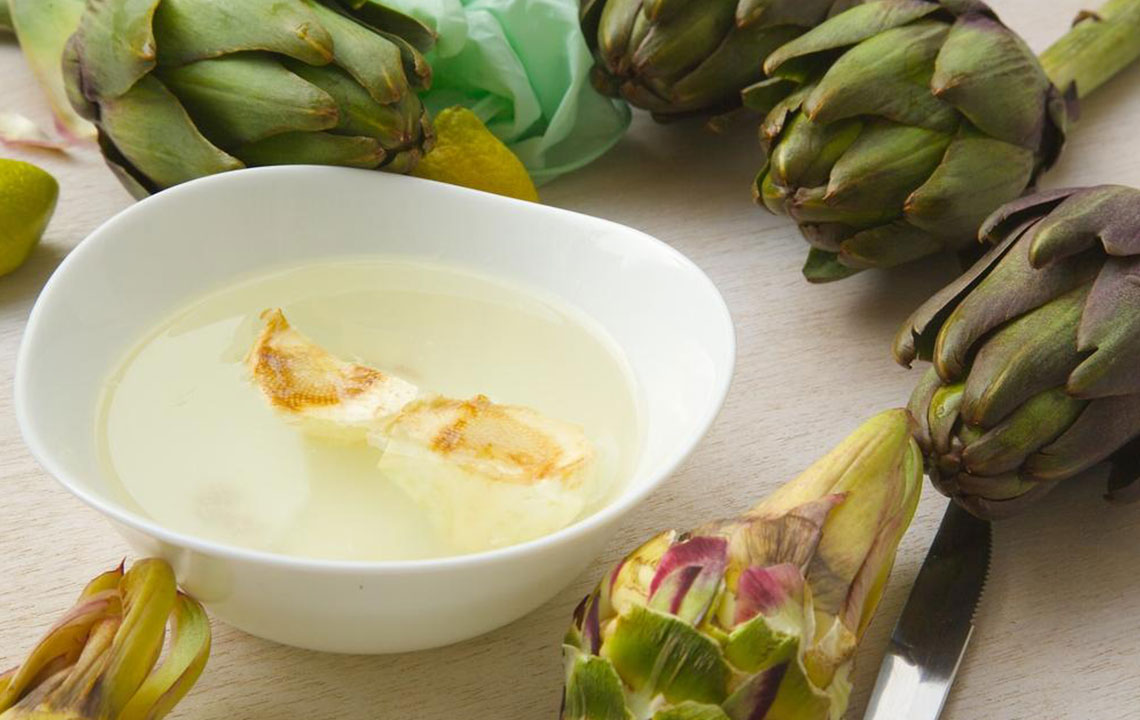Natural Ways to Reduce Cholesterol Levels

Cholesterol is a wax-like substance that is present in all the cells of the body. The body needs cholesterol to work properly. Before talking about the ill effects of cholesterol, you should know about the two kinds of cholesterol that exist. Cholesterol is carried to all parts of the body with the help of lipoproteins.
Lipoproteins are carriers of cholesterol. There are two types. Low-density lipoprotein (LDL) and high-density lipoprotein (HDL). Among these two, LDL is the one that’s unhealthy. It increases the risk of heart disease by clogging up our arteries. Good cholesterol is HDL, and it helps in reducing the risk of heart problems.
There are a lot of ways in which you can reduce cholesterol levels in your body. Following are some of the natural ways in which you can do so.
- Oats
Oats is one of the most popular foods when it comes to reducing cholesterol. You can reduce cholesterol levels and your LDL levels and increase your HDL levels significantly by eating oatmeal. Oatmeal is also a food that improves your mood and helps you maintain weight. It is one of the richest sources of fiber. Have oatmeal regularly in the morning as breakfast, to keep you going throughout the day, and keep bad cholesterol at bay. - Whole grains
Barley, similar to oats and oat bran can help you lower the risk of high cholesterol levels. Whole grains can improve heart health, because of the healthy amount of soluble fiber in them. - Okra
Okra and eggplant are two of the best sources of soluble fiber. The vegetables play a vital role in lowering the LDL levels in the body. They also help in clearing out the plaque formed in the arteries. - Beans
Beans are rich in soluble fiber. Beans take some time for the body to digest compared to other food. It means that after eating a can of beans, you’re going to feel fuller for a long time.
Many people who want to lose weight are seen eating beans because it keeps hunger at bay. There are a lot of types such as kidney beans, lentils, and black-eyed peas. Also, there are a large number of recipes that are available for making tasty bean dishes. - Nuts
Numerous studies that suggest eating nuts rich in monounsaturated fats can help in improving heart health. Some of them include almonds, walnuts, peanuts, and pistachios. Eating two to three nuts is sufficient. Doing so can lower your LDL levels by around 5 percent. Nuts also have other nutrients that can be beneficial for heart health. - Foods that have Stanols and Sterols
Stanols and sterols are substances that are extracted from plants. They help in boosting the body’s ability to absorb cholesterol from food.
Many companies add stanols and sterols in foods like chocolate, orange juice, and granola bars. Stanols and sterols are also available in the form of supplements. The daily recommended dosage of plant stanols and sterols is 2 grams. - Fatty fish
Fish is something that everyone loves to eat. Did you know that eating fish for two to three times a week can reduce bad cholesterol levels in your body? Fishes have a large amount of omega-3 fatty acids in them that lowers LDL.
You can eat fish and replace meat which has saturated fat in it that increases the HDL levels in your body. Eating fatty fish can also prevent abnormal heartbeat. - Soy
There are a lot of foods that are made from soybean that include soy milk and tofu. Soy has been used for a very long time as an effective method for lowering bad cholesterol levels in your body. It is recommended to replace regular cow’s milk with soy milk.
Soy milk is also one of the popular choices for vegans. Consuming 25 grams of soy in a day can reduce cholesterol levels and the LDL levels in your body by 6 to 5%. - Vegetable oils
Butter is one of the main reasons for why people have high cholesterol levels. It is advised to reduce or completely cut off the daily intake of butter.
You can replace butter with sunflower oil, canola oil, and safflower oil. You can use them instead of shortening and lard as well. - Fruits rich in pectin
Pectin is a type of soluble fiber that helps in lowering the LDL levels in the body. Grapes, apples, strawberries and other citrus fruits like lemons and oranges are rich in pectin. Fruits are a great way to reduce cholesterol level. - Fiber supplements
If you don’t like the taste of common foods that are rich in fiber, you can take them in the form of supplements. You can take two teaspoons a day of psyllium, that can provide up to 4 grams of soluble fiber in a day. Including supplements in your diet helps reduce cholesterol levels to a great extent.
Before taking any of the above-recommended foods, make sure that you do not have any allergies to the ingredients. It is best to talk to a doctor before you start taking foods mentioned in the article.


